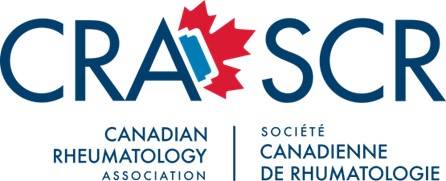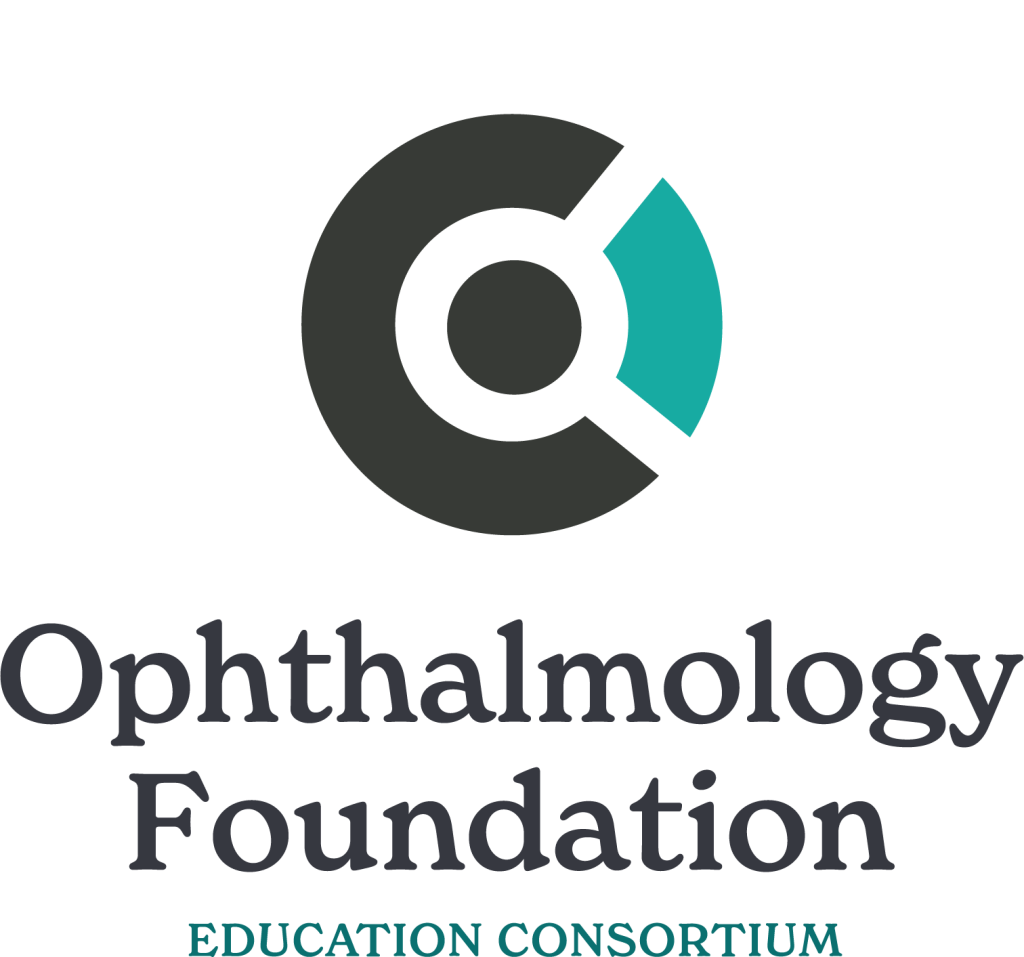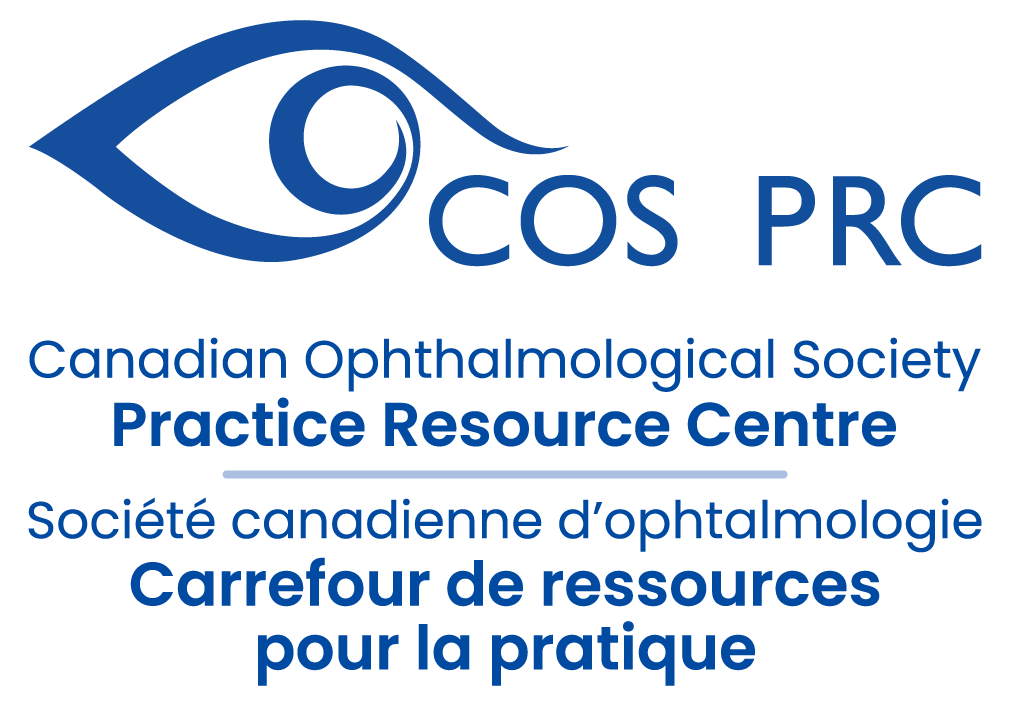Canadian Rheumatology Association Recommendations for the Screening, Monitoring, and Treatment of Juvenile Idiopathic Arthritis–Associated Uveitis.

We are pleased to share with you the Canadian Rheumatology Association Recommendations for the Screening, Monitoring, and Treatment of Juvenile Idiopathic Arthritis–Associated Uveitis.
These Canadian JIA-associated uveitis guidelines were developed by a working group of 14 pediatric rheumatologists, 6 ophthalmologists, 2 methodologists and 3 caregiver/patient representatives using a GRADE-Adolopment approach applied to the 2019 ACR JIA-Associated Uveitis Guidelines. This streamlined method was chosen to develop Canadian guidelines considering the Canadian context, including patient preferences, cost/resource considerations, and feasibility of implementation.
The recommendation has been published as a living guideline on MAGIC authoring and publication platform (MAGICapp) and has also been published as a full manuscript in the Journal of Rheumatology.
Click here to read the CRA Recommendations for JIA-Associated Uveitis on MAGICapp
Click here to read the full manuscript published in the Journal of Rheumatology
Congratulations and thank you to the CRA Uveitis Guidelines Panel, led by Drs. Roberta Berard and Deb Levy, and supported by Guidelines Committee Chair Dr. Glen Hazlewood and methodologist Jordi Pardo Pardo. These guidelines were developed in collaboration with several ophthalmology colleagues and have been endorsed by the Canadian Ophthalmological Society Board. Special thanks as well to Dr. Arnav Agarwal for his assistance with the MAGICapp platform.
The CRA will be sharing these documents with the larger rheumatology community including disease organizations, patient groups and Canadian media outlets. We encourage you to share it with your associates and colleagues via email or social media.
All media enquiries should be forwarded directly to Ahmad Zbib at [email protected] or through the CRA’s website at https://rheum.ca/contact-us/.
On behalf of the CRA Board of Directors,
Ahmad M Zbib MD CPHIMS-CA
Chief Executive Officer
Canadian Rheumatology Association
Phone: 905-952-0698 EXT 8
Email: [email protected]
CJO: October 2022 Issue Highlights

The October 2022 CJO is now available online. Here are some of the highlights:
Resident Perspectives + visual abstract: Our amazing team of residents have summarized 6 articles with a focus on what’s most relevant to ophthalmology learners here in Canada and around the globe, including the article featured in our October visual abstract, Macular thickness fluctuation in neovascular age-related macular degeneration treated with anti-vascular endothelial growth factor.
Original research articles:
· Canadians’ attitudes toward corneal donation: informational-motivational videos increase willingness toward corneal donation
· Clinical outcomes of a diffractive trifocal intraocular lens with femtosecond laser, digital tracking, and intraoperative aberrometry
· Bacillary layer detachment in acute nonpenetrating ocular trauma
· Quantifying the cost of single-use minims and multidose bottles for eye drops in routine ophthalmic practice: a multicentre study
Research letters, photo essays, and case reports:
· Severe ophthalmic involvement in granulomatosis with polyangiitis resistant to cyclophosphamide [photo essay]
· Multimodal imaging in perifoveal unilateral retinal pigment epithelium dysgenesis [photo essay]
· Ultra-wide-field retinal imaging in tetralogy of Fallot before and after cardiac surgery [case report]
· Superior limbic keratoconjunctivitis following ptosis repair [case report]
·Intraocular pressure fluctuations in a professional woodwind musician with advanced glaucoma [correspondence]
Follow the CJO on social media:
Twitter: @CanJOphth
Instagram: @cjo_jco
Facebook: CanJOphth
Ophthalmology Foundation Education Consortium Newsletter

August 2022 Edition
This months’ newsletter features the following topics:
- Teaching Skills for Ophthalmic Educators Online Series – Module 14: How to Teach Using Social Media
- AAO 2022: Ophthalmic Educators Workshop: Optimizing Your Surgical Curriculum
- Teaching the Trainers Workshops at the 9th Annual Scientific Congress of the College of Ophthalmology of Eastern Central and Southern Africa (COECSA) 2022
- International Direct Observation of Clinical Skills (iDOCS)
- Recap: Reddit Ask Me Anything
- This Month’s Resources
For more information on these topics and to register for any of the courses, please click on the download link:

CJO August 2022 Highlights

The August 2022 CJO is now available online. Here are some of the highlights:
Resident Perspectives + visual abstract: Our amazing team of residents have summarized 7 articles with a focus on what’s most relevant to ophthalmology learners here in Canada and around the globe, including the article featured in our August visual abstract, Pretreatment with frequent topical betamethasone in Ahmed glaucoma valve implantation.
Review article: Advances in magnetic resonance imaging of orbital disease
Original research articles:
· Clinical audit of retinoblastoma management: a retrospective single-institution study
· Longitudinal assessment of type 3 macular neovascularization using 3D volume-rendering OCTA
· Chalazion: racial risk factors for formation, recurrence, and surgical intervention
· Challenging the current treatment of residual postoperative ptosis: safety and efficacy of repeat Müller’s muscle conjunctival resection
Research letters, photo essays, and case reports:
· Bilateral curvilinear chorioretinal streaks [photo essay]
· Gore-Tex suture exposure following transscleral fixation of an intraocular lens [photo essay]
· Transplantation of autologous lamellar scleral graft for the treatment of corneal perforation [case report]
· Experiences from a national webinar with recently matched Canadian ophthalmology residents for medical students [case report]
· Uveal melanoma presenting as panophthalmitis in the absence of an intraocular mass [correspondence]
Follow the CJO on social media:
Twitter: @CanJOphth
Instagram: @cjo_jco
Facebook: CanJOphth
Canadian Ophthalmology Curriculum Topics, Objectives & Resources
Canadian Ophthalmology Curriculum Topics & Objectives
This document is the finalized list of curriculum topics and objectives for Canadian undergraduate medical education in ophthalmology. The development of this list was based off three resources: The 2018 objective list developed by the Association of University Professors in Ophthalmology (AUPO) with endorsement from the American Academy of Ophthalmology (AAO)1, the AUPO’s 2009 Ophthalmology Core Knowledge and Skills competencies2,and the Medical Council of Canada’s (MCC) objectives pertaining to ophthalmology3.
After a preliminary list of objectives was made based off the previously mentioned resources, a survey was sent to the members of AUPO asking for expert opinion on each curriculum objective and if they warrant inclusion. Based on this survey, talking points were created and later discussed in a virtual meeting where the list was finalized.
*Urgent and red flag conditions have been denoted with a red Asterix. These warrant urgent referral to an ophthalmologist.
Download the full PDF Document here:

Click on the links below to explore the topics:
ICO Connections – The ICO Celebrates Landmark WHO Eye Care Guide

The Eye Care in Health Systems: Guide for Action provides practical, step-by-step, guidance to support Member States in planning and implementing the recommendations of the World report on vision with the goal to provide integrated people-centered eye care services.
This new resource leads Member States through a four-step process: situation analysis; development of an eye care strategic plan and monitoring framework; development and implementation of an operational plan; and establishing and maintaining ongoing review processes.
Currently, more than 2 billion people are living with a vision impairment and of these, at least 1 billion people are needlessly living with poor vision due to lack of access to eye care services. This burden is not borne equally: 90 percent of people with vision impairment or blindness live in low- and middle-income countries. Often, all that is needed is a cost-effective intervention, such as a pair of spectacles or cataract surgery.
Implementing integrated people-centred eye care has the potential to improve millions of lives worldwide and produce huge benefits for the economy, gender equity, inclusion, education and the workplace.
The Guide links to other tools developed by WHO, through consultations with international experts, including:
The Guide currently links four resources, or tools, including:
- Eye care situation analysis tool (ECSAT)
Purpose: Questionnaire based survey tool to comprehensively assess eye care in a country. - Eye care indicator menu (ECIM)
Purpose: List of recommended eye care indicators to be collected regularly. - Package of eye care interventions (PECI)
Purpose: Planning and budgeting for eye care at each level of the health system. - Eye care competency framework (ECCF)
Purpose: Planning tool for eye care human resources based on competencies.
For more information click the link below:

Canadian Eyecare Today Issue No. 1
| The first issue of Canadian Eyecare Today for 2022 is now available for your reading pleasure. This publication examines issues and topics that are relevant to today’s clinician in the treatment and management of eye disease from a Canadian perspective. To subscribe to this publication now, please click here. |
| Some of the content you will find in this issue THE EVOLVING ROLE OF OCT IN PATHOLOGIC MYOPIA Carl Shen, MD Mark Seamone, MD Mark Greve, MD METHODS TO TREAT MYOPIA PROGRESSION IN PEDIATRIC PATIENTS Michael J. Wan, MD SPOT THE DIFFERENCES: CHALLENGES IN DETECTING GLAUCOMA IN THE MYOPIC PATIENT Cindy M.L. Hutnik, MD, PhD, FRCSC and Michael T. Kryshtalskyj, MD Kian M. Madjedi, MD, MPhil Andrew C.S. Crichton, MD, FRCSC CATARACT SURGERY IN THE MYOPE: WHAT YOU SHOULD KNOW Joshua Teichman, MD, MPH, FRCSC GLAUCOMA AND MYOPIA: RISK FACTORS, PATHOPHYSIOLOGY, AND TREATMENT Jing Wang, MD Please feel free to forward the publication link to your peers! |
The ICO shares the recent launch of the World Health Organization’s (WHO) global guidelines to support women and newborns in the postnatal period

Eye Care Embedded in New WHO Neonatal Care Guidelines
The ICO shares the recent launch of the World Health Organization’s (WHO) global guidelines to support women and newborns in the postnatal period.
For the first time ever, eye care has been embedded in neonatal care guidelines, demonstrating the importance of access to high-quality vision care in the healthy development of babies.
The ICO is in Official Relation status with the WHO. We encourage all ICO Member Societies to share these new guidelines with their networks.
CJO April 2022 Issue Highlights
The April 2022 CJO is now available online. Here are some of the highlights:
Resident Perspectives + visual abstract: Our amazing team of residents have summarized 7 articles with a focus on what’s most relevant to ophthalmology learners here in Canada and around the globe, including the article featured in our April visual abstract, Frozen versus fresh corneal graft carriers in Boston keratoprosthesis surgery: 10-year outcomes.
Original research articles:
- SD-OCT assessment of macular and optic nerve alterations in patients recovered from COVID-19
- Sunlamp use is a risk factor for uveal melanoma: a meta-analysis
- Ocular manifestations of disseminated Mycobacterium chimaera infection after cardiothoracic surgery
- Evaluation of dry eye disease in children with blepharokeratoconjunctivitis
- Reversible HER2 antibody-drug conjugate–induced ocular toxicity
Research letters and case reports:
- Features and management of strabismus from skull base chordoma [research letter]
- Clinical course and poor prognostic factors of Vogt–Koyanagi–Harada disease in a tertiary uveitis clinic [research letter]
- Making the most of what you have: improving patient and provider experiences at an eye clinic through interior design [case report]
- Building better education after COVID-19: the 2021 Canadian ophthalmology residency match [case report]
- Detection of Alcaligenes chronic endophthalmitis mimicking noninfectious uveitis with 16S ribosomal RNA PCR [case report]
Follow the CJO on social media:
Twitter: @CanJOphth
Instagram: @cjo_jco
Facebook: CanJOphth




